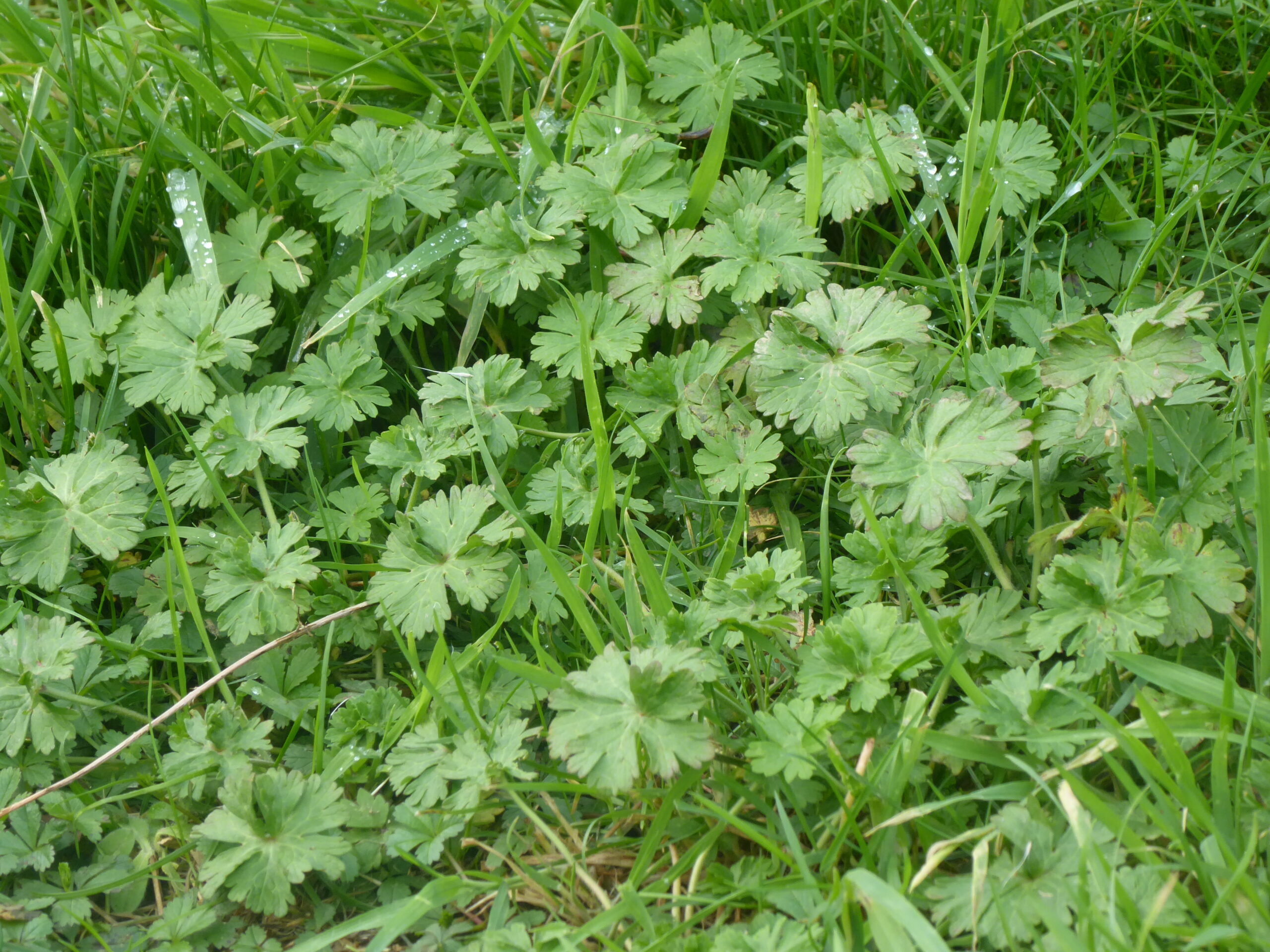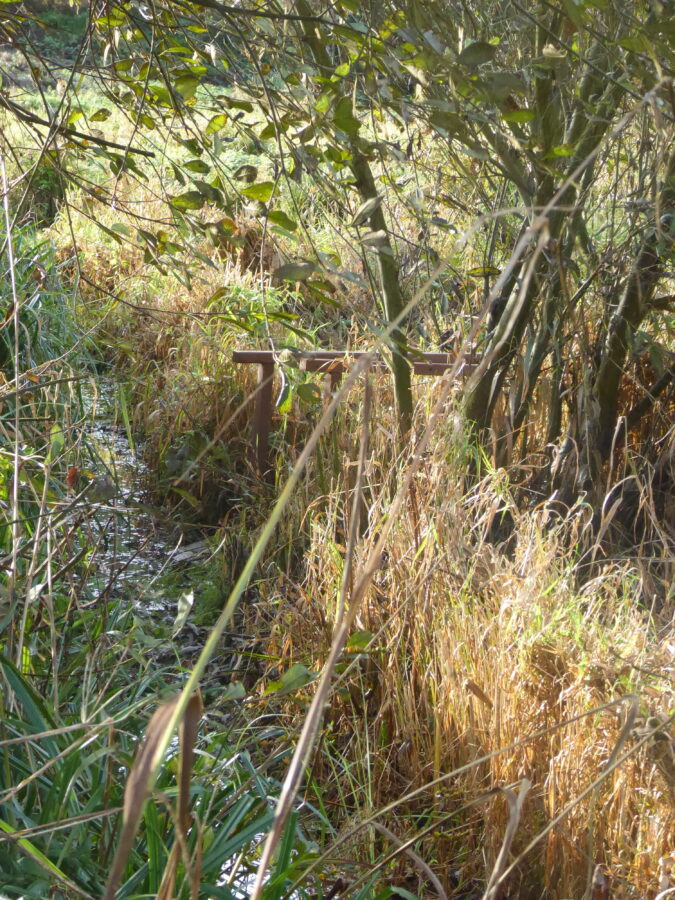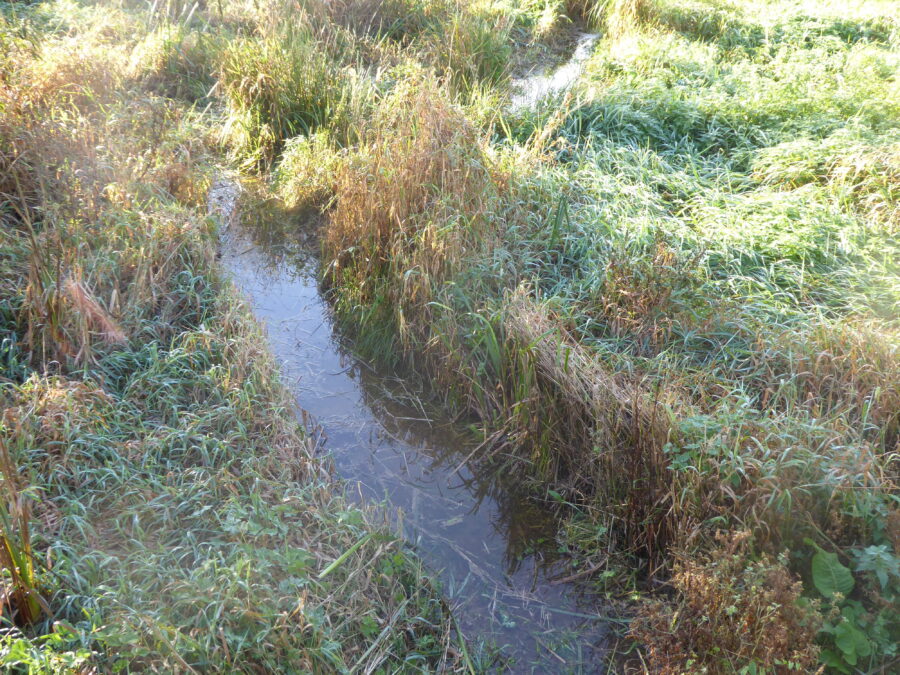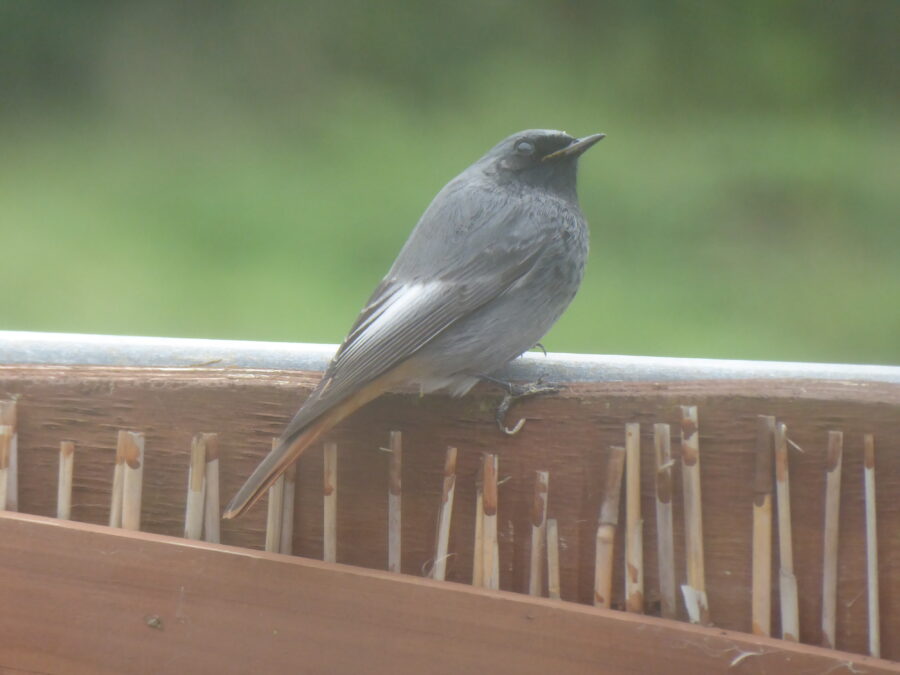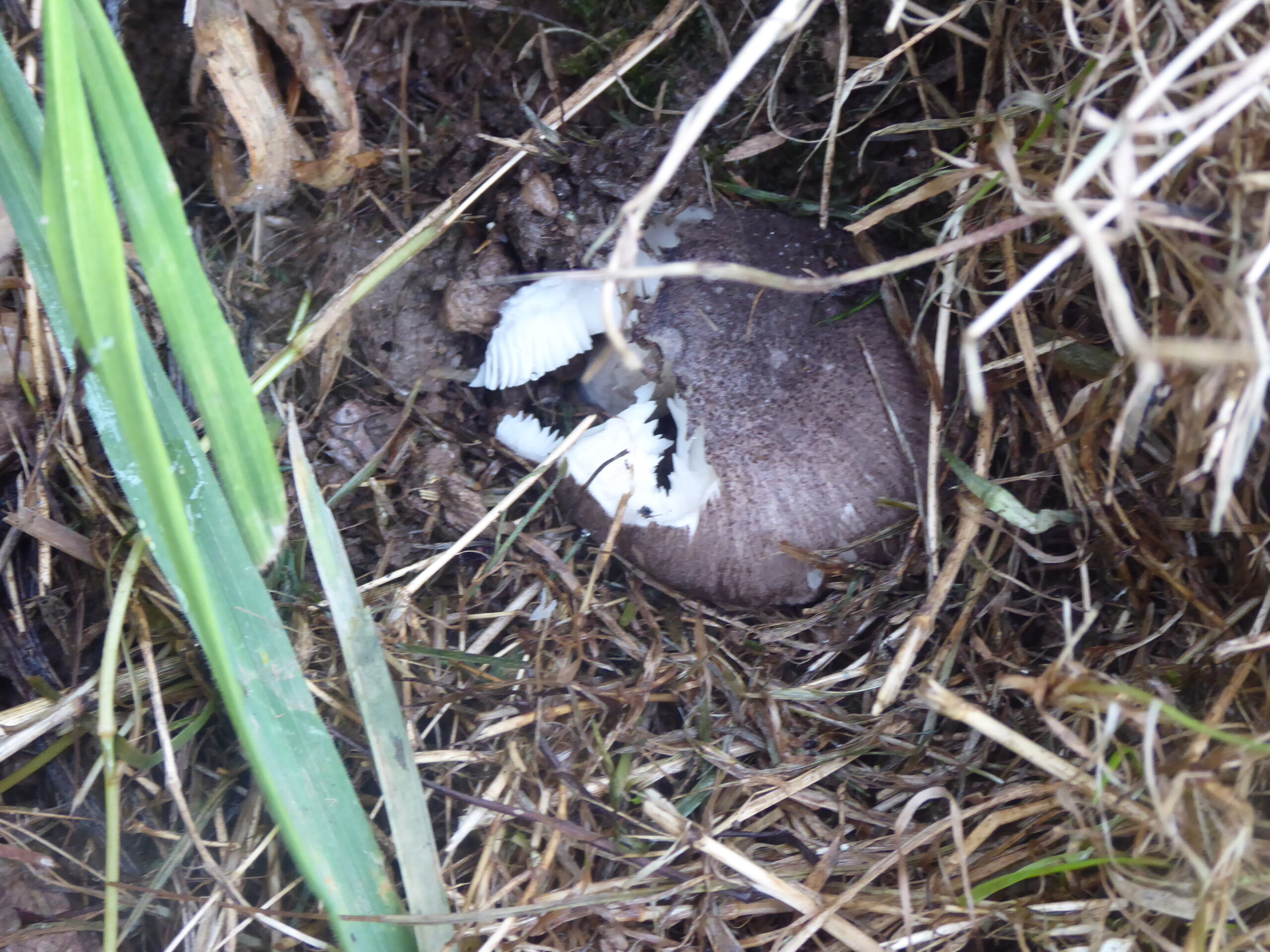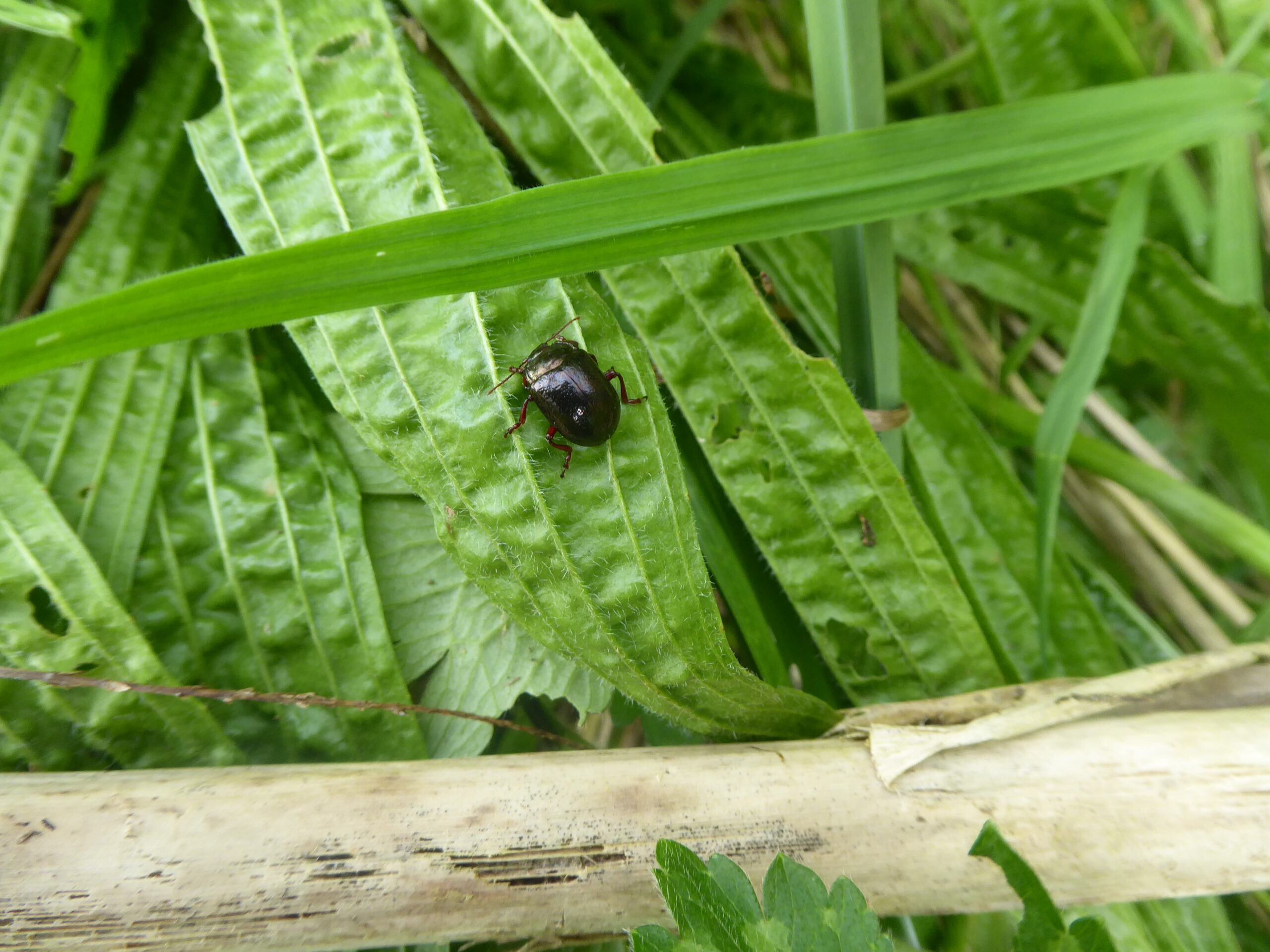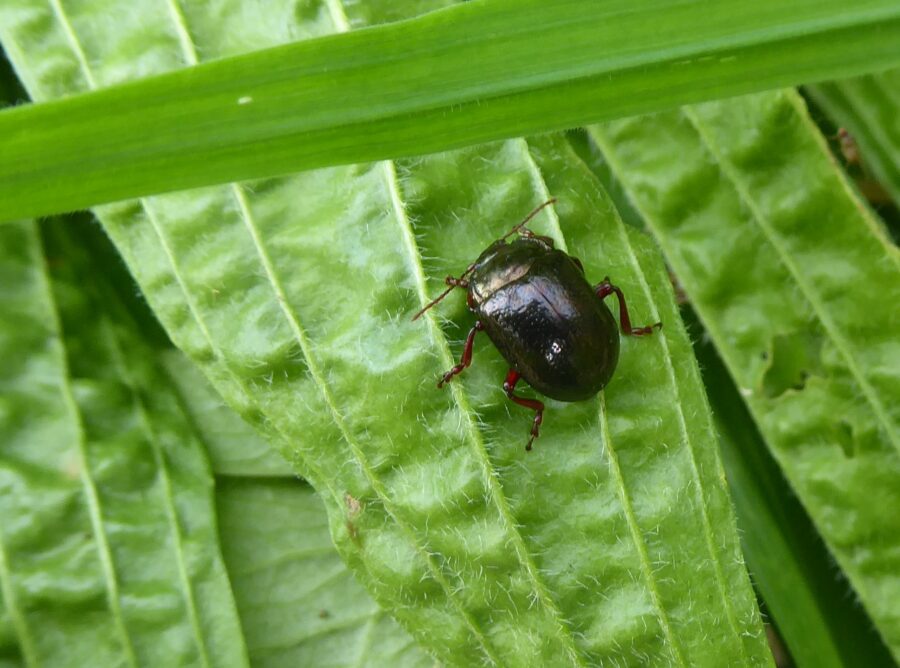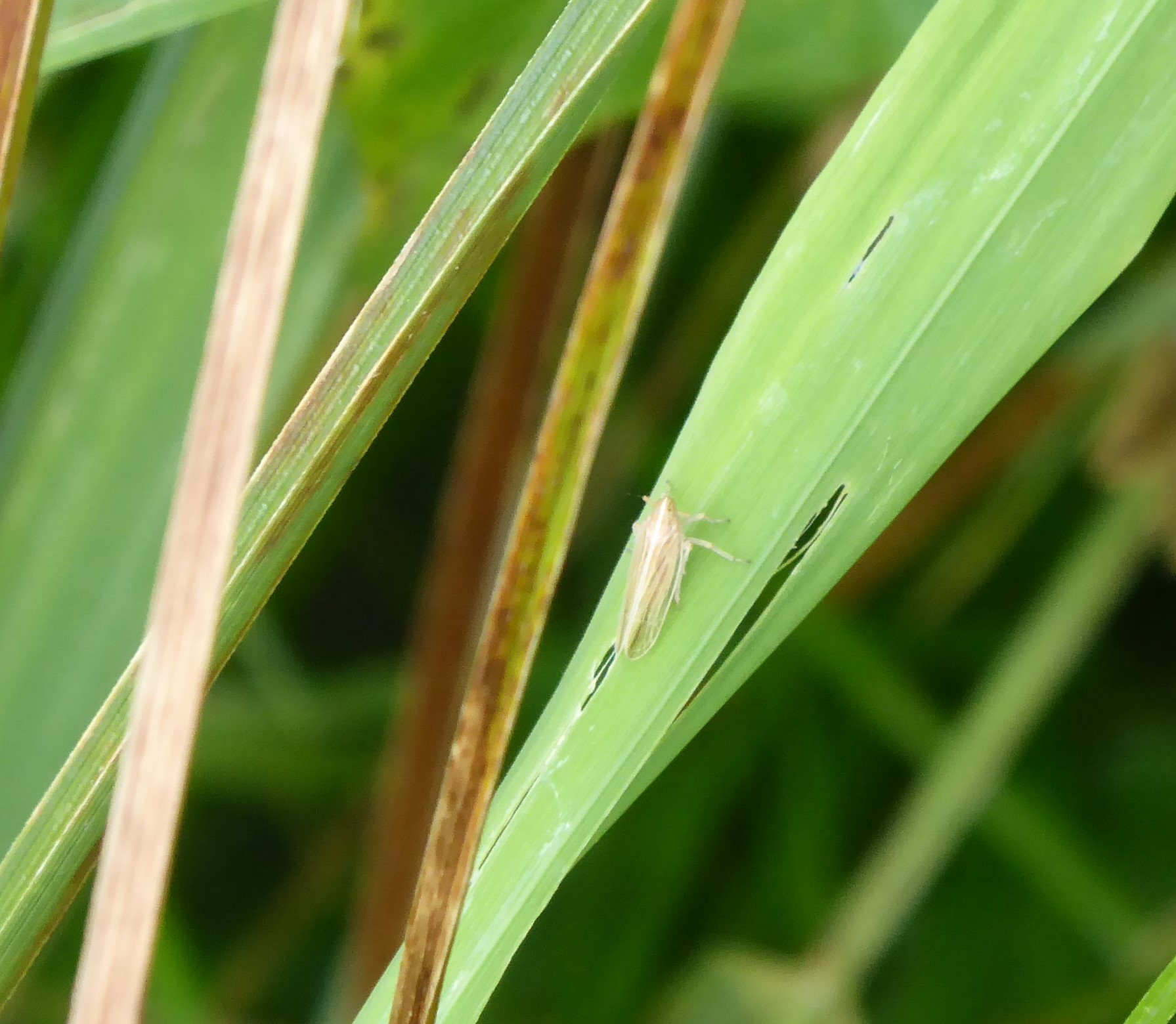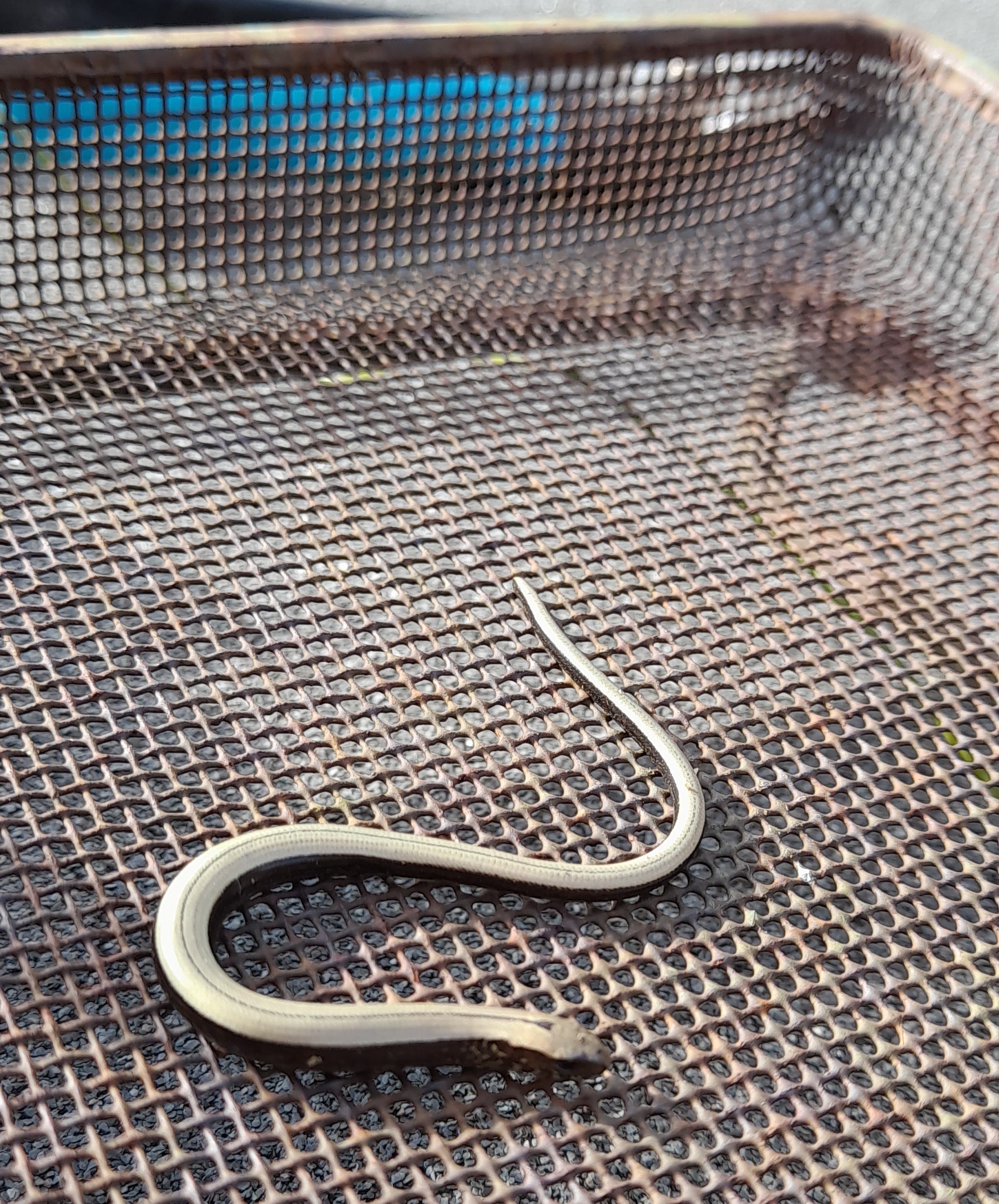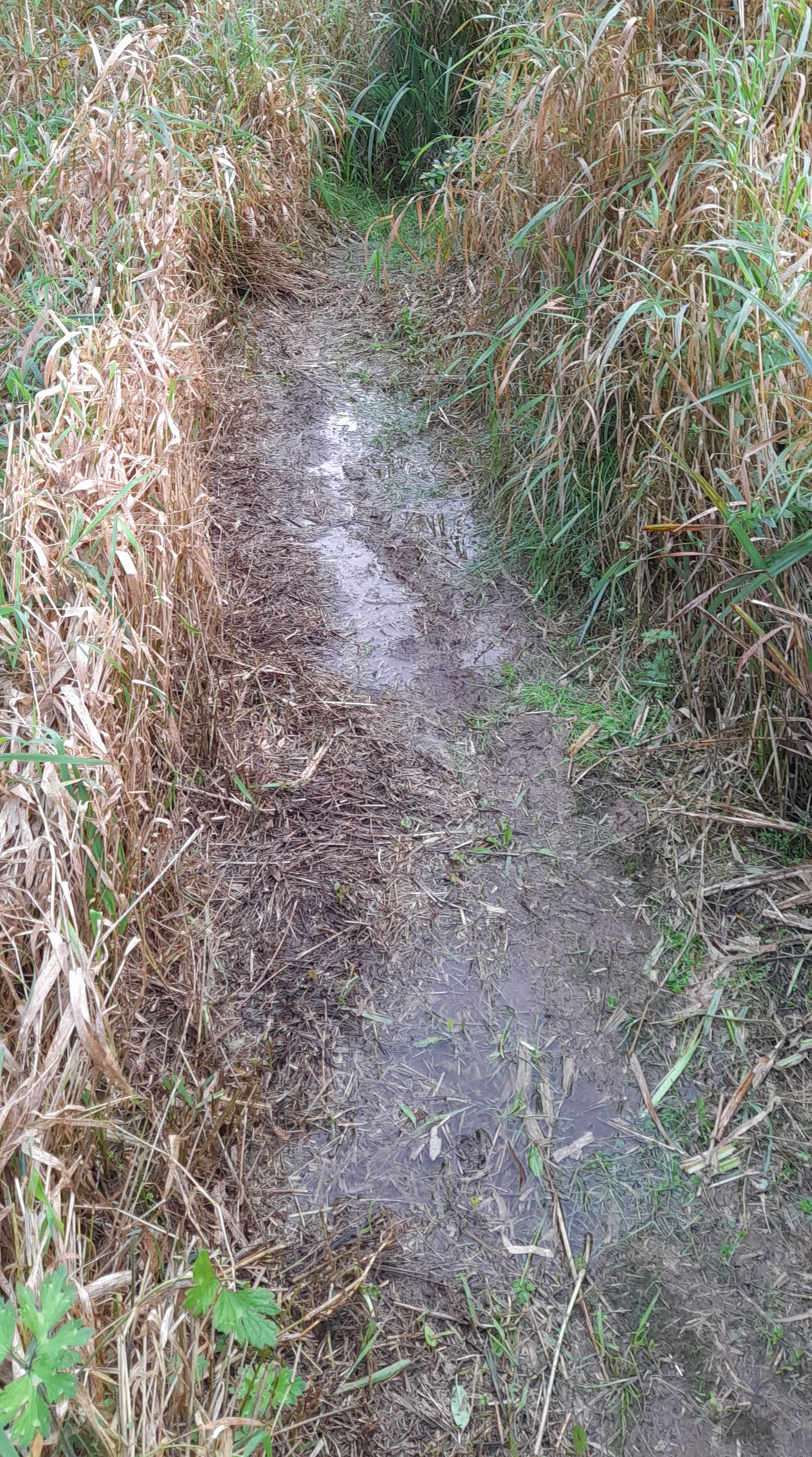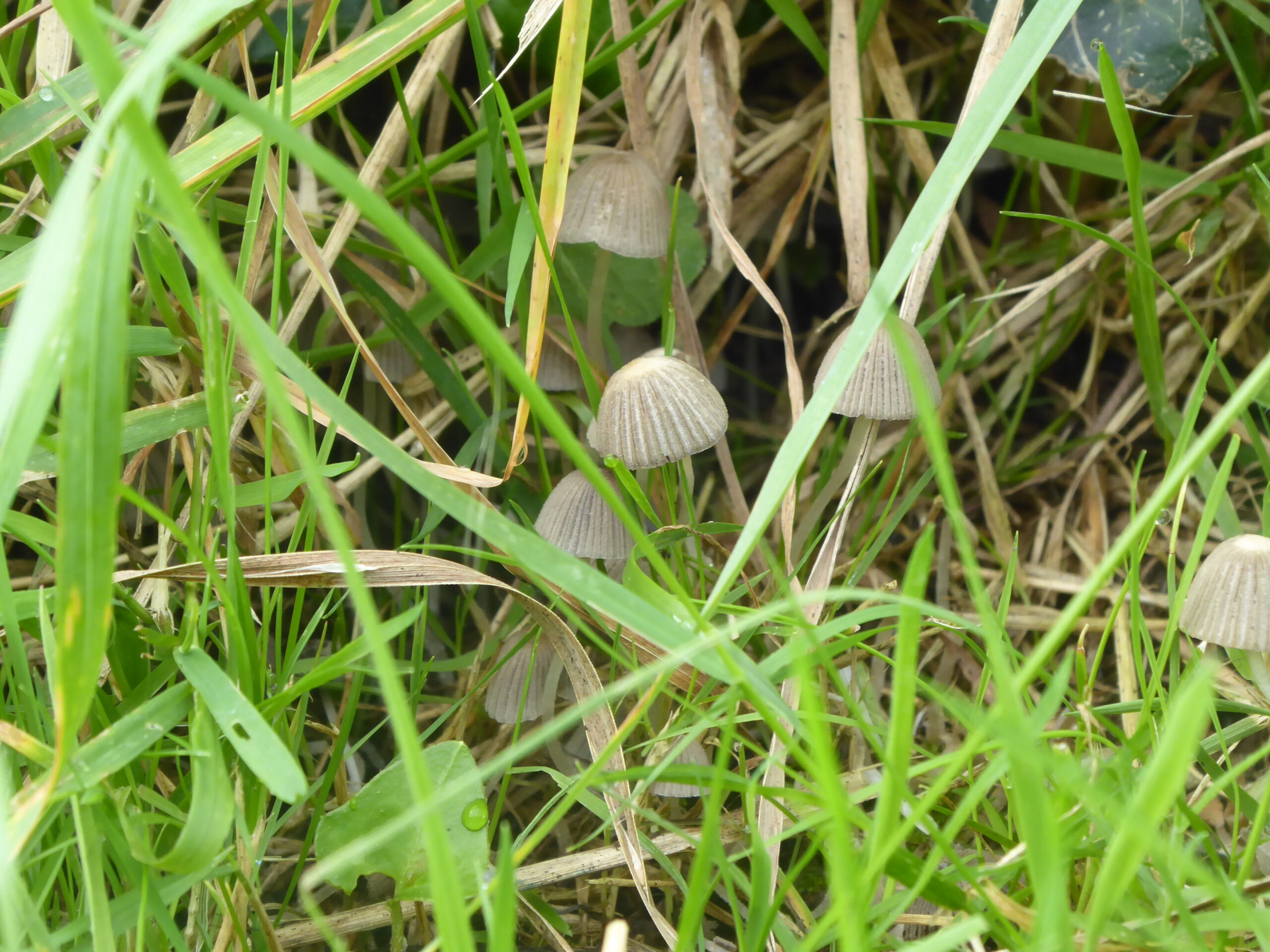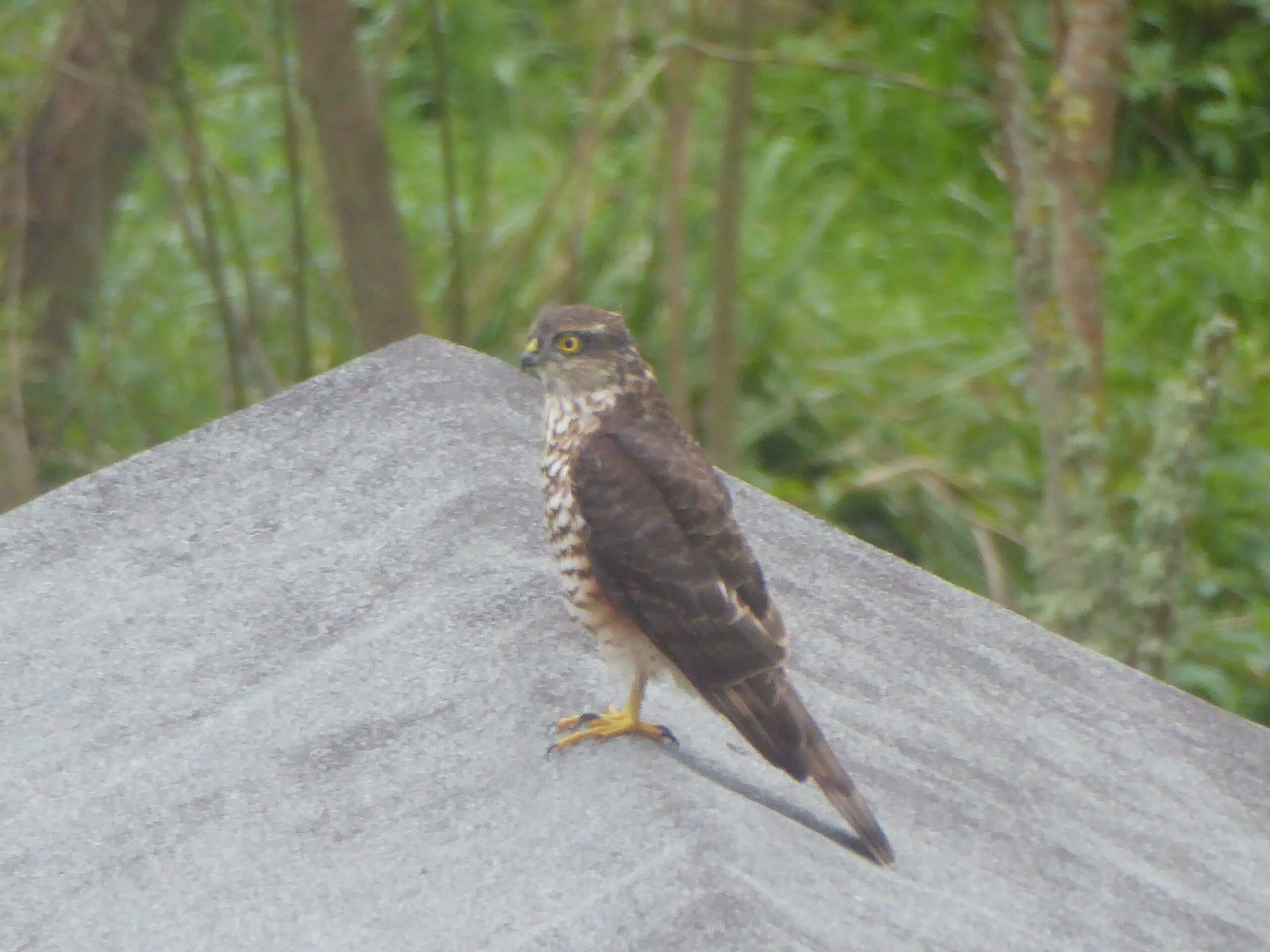This was rambling over our back fence and across the far bank towards the stream. It has become very abundant since I last strimmed the grass on the other side of the stream, which I have been doing occasionally over the summer to keep the bindweed and nettles from engulfing the alder saplings.
This was difficult to identify because it wasn’t in flower. The family that the chickweed is in also contains stitchwort, mouse-ear, sandwort, and pearlwort varieties. There were some easy eliminations. Pearlworts all have slender leaves. Sandworts grow in a dry habitat. Mouse-ears mostly prefer a rocky terrain. Stitchworts like the damp, have a mixture of leaf-shapes, but they are sessile, which means that they attach directly to the stem, rather than with a short stalk. Of the different chickweeds, lesser chickweed prefers sandy soil and greater chickweed prefers the shade.

The plant we have here is rambling, green-leaved and stemmed, with broadly-pointed leaves in pairs opposite each other on short stalks, apart from the top pair. The growing pattern is like a common chickweed, which grows most aggressively in the winter in full sun and will bloom in autumn as well as spring, with petite white flowers. Common chickweed is known for its sprawling invasion of garden lawns. Here it is free to cover the far bank in its mat-like tangle, without fear of being mown!

